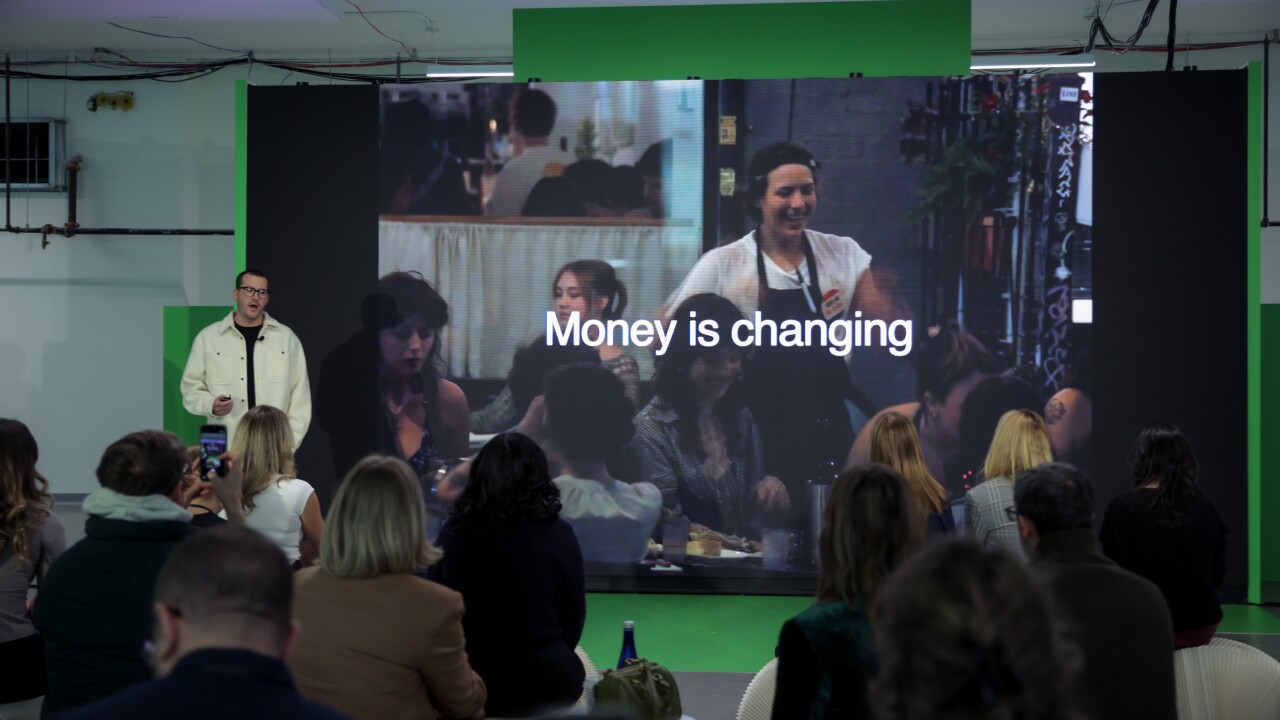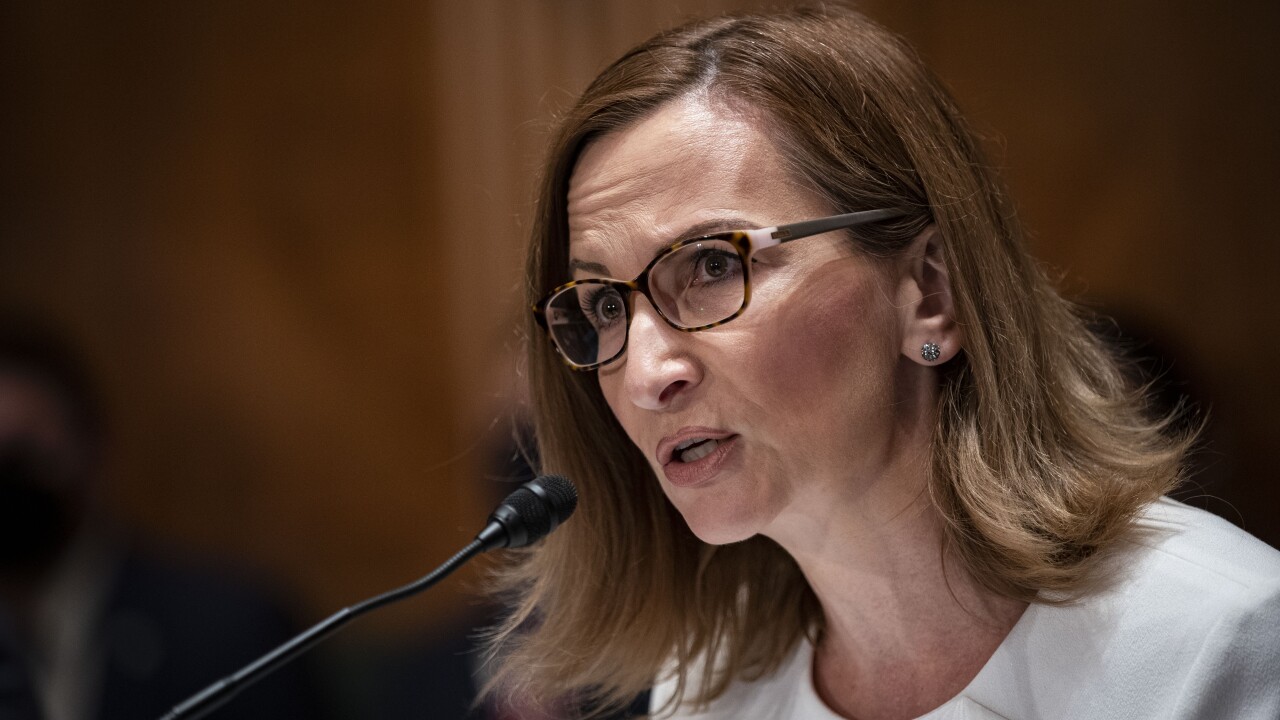-
Niti Badarinath is pushing new mobile banking and mobile wallet concepts to market at U.S. Bank with a sense of urgency: he knows customers want more. Badarinath and six other digital banking executives made it to our Digital Banker of the Year list by moving new features to market quickly, overcoming institutional fear and inertia.
June 2 -
Niti Badarinath is pushing new mobile banking and mobile wallet concepts to market at U.S. Bank with a sense of urgency: he knows customers want more.
June 2 -
Under Roy Malone's direction, Golden Pacific Bancorp last year introduced an online lending platform that vastly speeds up the approval process for borrowers seeking Small Business Administration loans ranging from $5,000 to $150,000.
June 2 -
An international hackathon is helping Jorge Ruiz, Citibank's head of business development and digital banking for Latin America, keep the bank's apps fresh.
June 3 -
Jim Smith, head of the digital channels group at Wells Fargo, recently set up an internal lab to study uses of data science to drive customer experience, prevent fraud and develop customer insights.
June 4 -
Most banks say they listen to the customer, but Jim Simpson at City Bank Texas directly studies comments made in call centers and branches for clues to the next mobile banking app features.
June 4 -
David Watson has overseen the development of more than 160 apps for corporate customers, which helped make him one of BTNs Digital Banker of the Year honorees.
June 5
As part of his job as chief information officer for First National Bank of the Gulf Coast, Peter Setaro attends many banking conferences to keep up on the trends and advancements that others see in bank technology.
"One [misconception] that was glaring to me was that older folks are not flexible enough to handle change," says Setaro, an executive vice president at the Naples, Fla., bank. "We're not seeing that at our bank."
The youngest segment of his bank's customers age 29 and younger adapt to technology very quickly. But customers 55 and over are the second-fastest adopters, probably because they have money for technology like iPads and the time and interest to use them, he says. Customers aged 30 to 54 lag behind the other two groups, maybe because they are at a busier time in their lives.
Setaro has helped eliminate paper at his bank by instituting e-signatures. He recently transformed a traditional branch into one where teller lines have been replaced by teller pods and customers are encouraged to gather around a "technology bar" to use the public WiFi, read the morning paper on bank-supplied Kindles, and even Skype with loved ones far away.
At 2,400 square feet, the new, tech-heavy branch also is about one-fourth the size of its predecessor branch.
Setaro is also working on embedding radio frequency identification chips in bank-issued debit cards so that staffers will be alerted when a customer walks in the door and armed with that customer's information.
In the future, Setaro believes, customers will be interested in aggregating financial information from various sources and in financial planning relationships, which will require banks to do a better job of engaging their customers, he says. "More banks will be going back to what they were meant to be, years ago."





